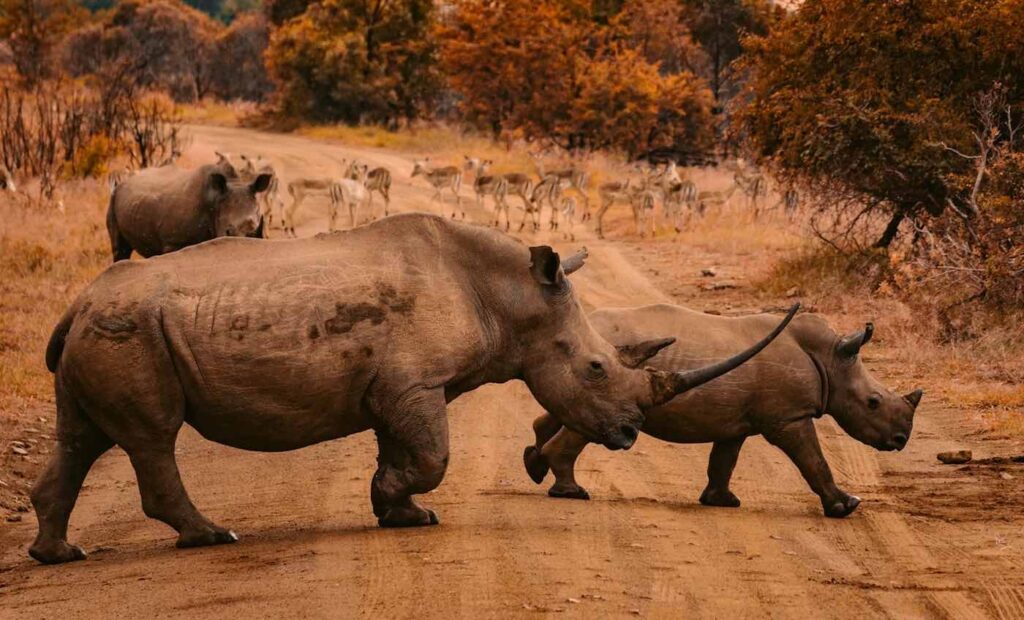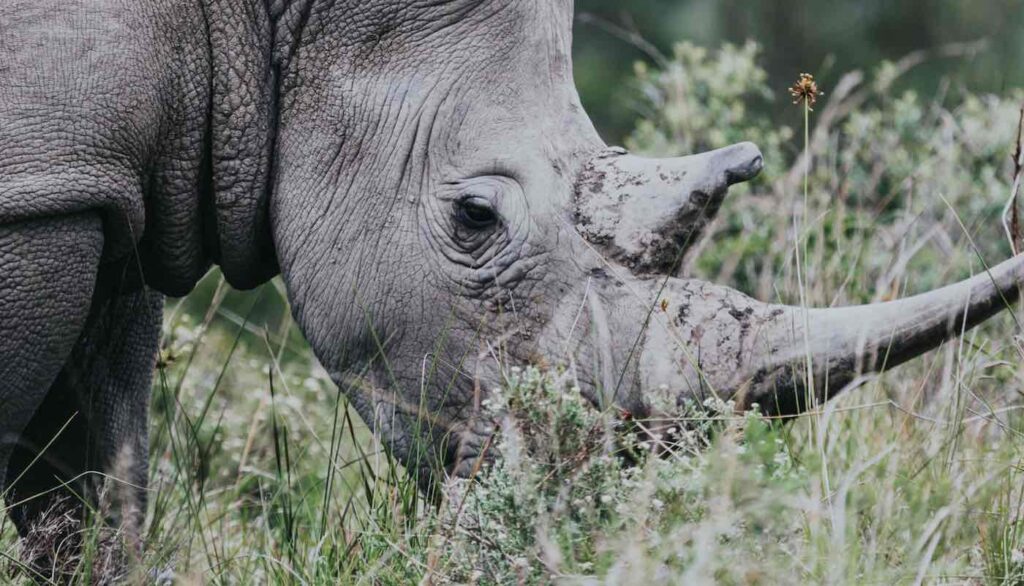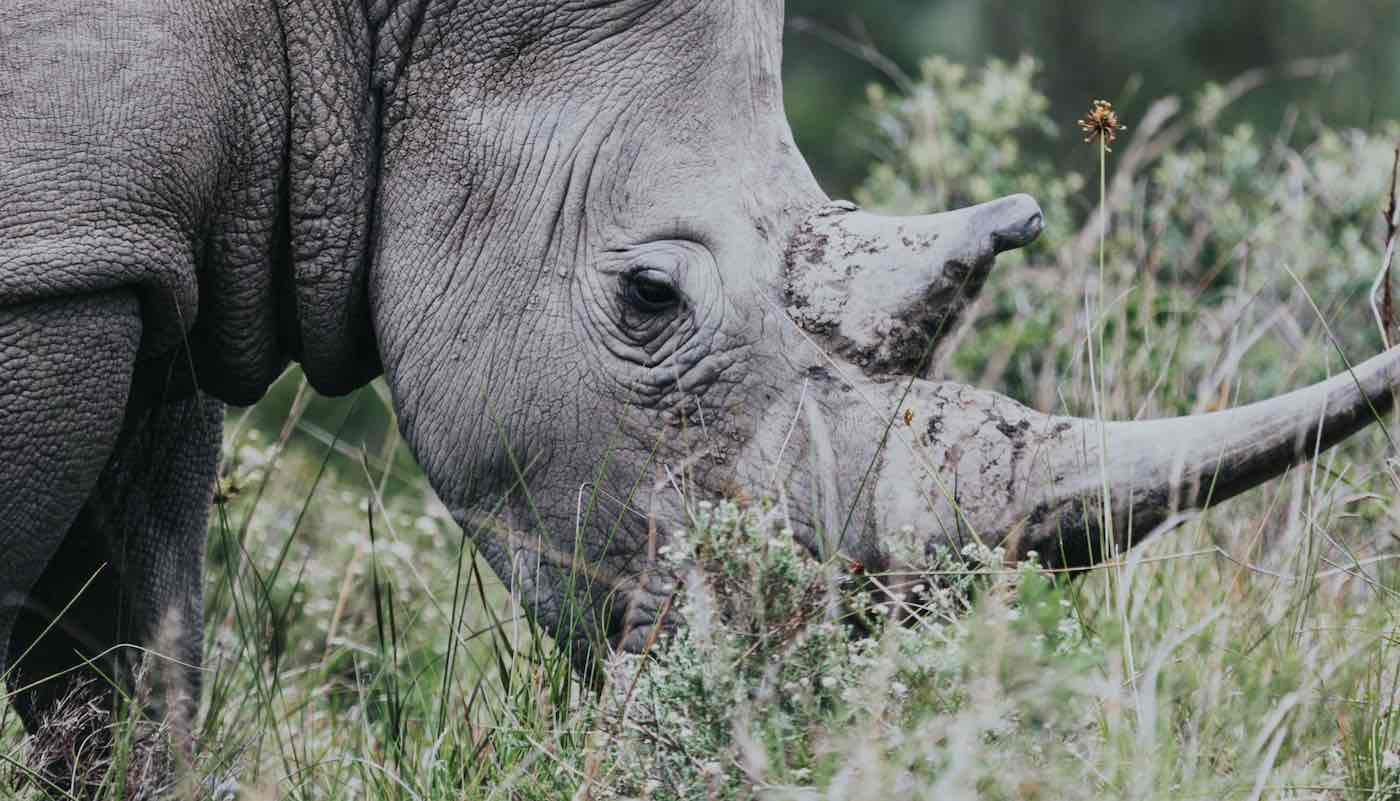The populations of several species and subspecies of rhinoceros are increasing, some dramatically, while poaching rates in east Asia have plummeted over the decade, a new report from the International Rhino Foundation (IRF) reveals.

Involved in all things rhino, the IRF releases an annual report known as The State of the Rhino, which this year highlights that even in the midst of a rare pandemic, dedicated individuals in a dozen countries are working to keep rhino numbers healthy and recovering.
Indeed, the IRF has invested $20 million worldwide into rhino conservation projects over the last 10 years, and in many countries their work is paying off.
The largest success has no doubt come by way of the greater one-horned rhino. Native to India and Nepal, during the early 1900s there were a mere 100 individuals left. Today there are 3,700 and ever increasing in number. Over the last eight years, poaching incidents have fallen from 41 in 2013, to just 1 at present day.
In the Indian state of Assam, rhinos can be found in four protected areas, and this year the population in the magnificent Manas National Park on the border with Nepal had reached 47 individuals having only been established with 4 just a few years ago.
RELATED: Herd of Elephants to be Moved from UK to Kenya in Rewilding ‘World First’
Nepal also saw an increase of 107 greater one-horned rhinos in their country.
Javan rhinos in Indonesia welcomed four new calves into the world, increasing the critically-endangered species to 75, greatly offsetting the rate of natural death. This is almost double the number of Javan rhinos from 2011.
In Africa, the black rhino has seen an encouraging population increase of 16-17% over the past decade, while South Africa’s “Rhino court” established to hear exclusively poaching cases was reopened in April of this year, giving rangers the opportunity to testify against suspects without expensive travel to a major city, and without poaching cases falling into a court backlog.
LOOK: New Zealand Penguin Hospital Saves Endangered Birds That Were Facing Extinction
In Zimbabwe, black rhino were reintroduced after a 30-year absence and are growing steadily, while in Kenya, anti-poaching efforts have dropped the number of rhinos killed to 0 this year, down from a high of 59 in 2013.

“We must act today, to ensure these marvelous creatures can thrive for future generations,” said Nina Fascione, executive director of IRF. “Let’s continue to build on our successes of greater one-horned, black, and Javan rhinos and reverse the declines for Sumatran and white rhinos, working together so rhinos can continue to thrive on Earth.”
MORE Great News: 100-Year-Old Galápagos Giant Tortoise Found on Fernandina Island is Indeed Member of ‘Extinct’ Species
CHARGE Over to Your Social Media Pages to Hail This Good News…





















This is excellent news and am hoping other endangered species in similar areas are recovering as well.
What wonderful news! I am hoping as does michaelo that we can have the same success without other species that are endangered. The way I look at it we can always get more people it is the animals we can’t replace!
“We didn’t inherit the earth from our ancestors, we borrow it from our children.” Native American proverb.
It is such a hopeful process, that we save some of what we have seen for future generations to see as well.